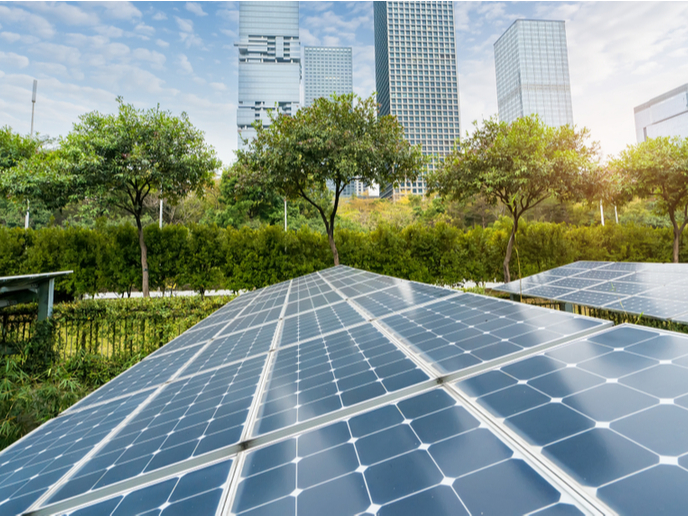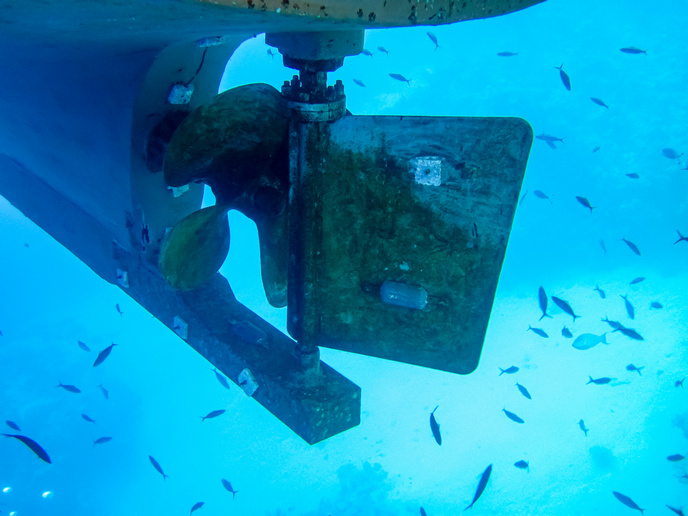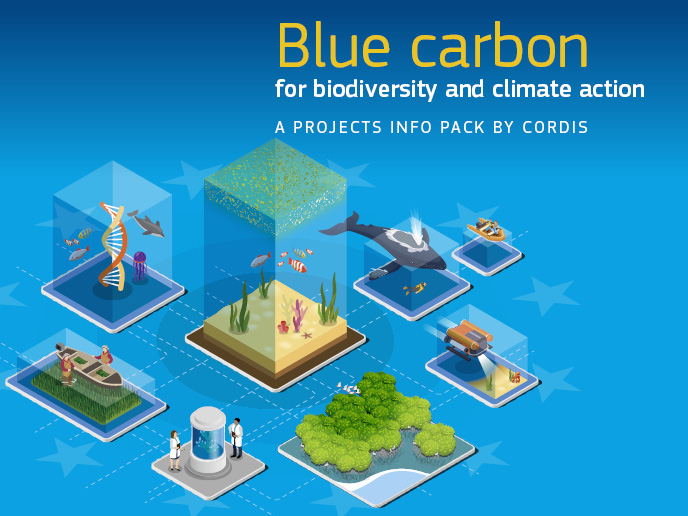Climate action starts with citizen scientists
Achieving the objectives set by the 17 Sustainable Development Goals(opens in new window) (SDGs) of the United Nations (UN) requires the active participation of not only governments, but also citizens and scientists. But what about citizen scientists? That’s the question that was asked – and answered – by the EU-funded CROWD4SDG(opens in new window) project. “The CROWD4SDG project set out to understand to what extent citizen science can serve as an essential source of non-traditional data for tracking progress towards the SDGs,” says François Grey, a researcher at the University of Geneva(opens in new window). “We also investigated the ability of youth to create new solutions for enabling such progress.” The UN SDGs are a set of 17 interconnected objectives that serve as a shared blueprint for peace and prosperity for people and the planet, now and into the future. Citizen science is scientific research conducted with the participation of the general public.
Analysing citizen science-driven data
On the research side of the equation, the project used artificial intelligence (AI) algorithms and crowdsourcing to analyse large swaths of publicly generated data. For example, using the algorithm, researchers were able to rapidly analyse millions of social media posts about extreme weather events and other global challenges. Researchers also used AI to filter images in tweets of people wearing masks during the pandemic. By public crowdsourcing the most relevant images, they were able to see which types of masks were being worn in what places and study the effectiveness of different regional policies.
From good idea to SDG-achieving application
As for innovation, the project utilised a unique innovation cycle called GEAR(opens in new window) that helps young citizen scientists transform a good idea into an SDG-achieving application. “Short for Gather, Evaluate, Accelerate, Refine, the GEAR cycle starts with online selection and coaching of citizen-generated ideas for climate action,” explains Grey. “The most promising ideas are then evaluated, accelerated to produce prototypes, and refined to find partners for exploitation at an annual SDG conference.” One of those promising ideas, called ‘Let’s Clean Up’(opens in new window), is a web application that helps citizens in Rome tackle waste hotspots. The app encourages citizens to post relevant pictures on social media, perform tasks, share ideas and vote on proposals. In addition to facilitating direct, citizen-led action, the app also uses a natural language processor to analyse these posts and provide important data for decision makers.
A winning combination of research and innovation
CROWD4SDG’s winning combination of research and innovation is already having a real-world impact. For example, UNICEF(opens in new window) is leveraging the project’s work to support a team of young Nigerians developing a citizen science project on access to clean water. Furthermore, the UN Institute for Training and Research(opens in new window), one of the project’s partners, will be training the National Statistical Office of the Maldives in using citizen science data. CERN(opens in new window), another project partner, is also in the process of opening a major new space for public outreach about science(opens in new window). “The results of the CROWD4SDG project will inspire many of this facility’s innovation workshops and master’s classes targeting young talent from across Europe,” concludes Grey.







